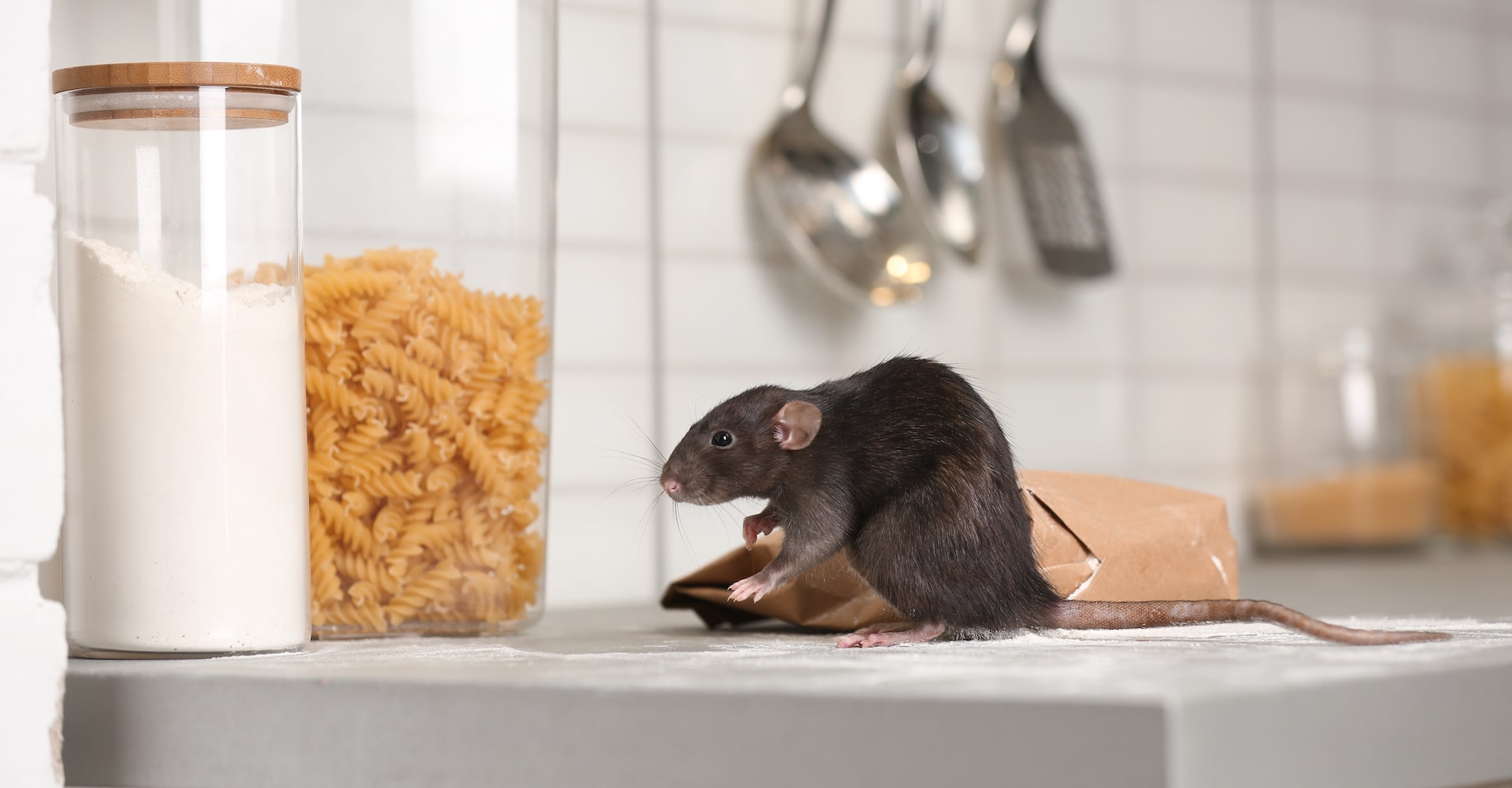Harnessing Sensors for Effective Pest Control at Home: Smart Solutions for Modern Living
Share
In an era where technological advancements are transforming the way we tackle daily challenges, pest control has seen a significant shift. Rather than sticking to conventional methods, homeowners are increasingly adopting sensors as a proactive measure against pests. These innovative devices not only enhance pest management strategies but also bring a variety of additional benefits to the table.
Taking a proactive stance towards pest management is essential. By incorporating sensors into your pest control efforts, you gain invaluable insights into pest behaviors, enabling quicker and more effective responses. This tech-driven approach equips homeowners with essential tools to maintain a clean and safe living environment.

Understanding How Sensors Work for Pest Control
The core purpose of sensors in pest control revolves around detection. These devices can sense movement, body temperature, and even the distinctive sounds made by various pests. For example, infrared sensors can detect the warmth emitted by rodents, while motion detectors alert you to the movement of crawling insects. Once pests are identified, the sensors can notify you through alarms, send updates directly to your smartphone, or activate traps.
Additionally, these systems offer a non-disruptive monitoring method. Unlike sprays or other intrusive solutions, sensors quietly observe pest populations without interfering with your daily life. This continuous surveillance ensures that any pest activity is addressed promptly.
Various Types of Sensors Available
A wide array of sensors can be utilized for home pest management, each designed for specific challenges:
- Infrared Sensors: These tools detect body heat, effectively identifying warm-blooded creatures like rats and bats.
- Ultrasonic Devices: These emit high-frequency sound waves that annoy pests but remain inaudible to humans, keeping unwanted creatures at bay without causing harm.
- Environmental Sensors: These track humidity and temperature levels, helping identify conditions that attract pests such as mold or excessive moisture.
- Pressure Sensors: Ideal for detecting when rodents or larger pests traverse specific areas.
Benefits of Using Sensors for Pest Control
Utilizing sensors for pest control in your home offers compelling advantages. Primarily, these devices provide enhanced accuracy and efficiency, leading to more effective pest management strategies. Sensors offer real-time data, enabling immediate action to prevent infestations.
Moreover, these solutions represent a greener approach. Traditional pest control methods often use toxic chemicals harmful to both the environment and human health. In contrast, sensors allow you to achieve comparable results with a considerably smaller ecological footprint.
Budgeting and Cost Considerations
While the initial costs for sensor equipment may surpass traditional traps or sprays, they can prove more economical in the long run. This becomes especially apparent when considering the potential damage and additional costs associated with an uncontrolled infestation.
Furthermore, integrating sensors with your smart home system can result in energy conservation. For instance, when combined with lighting or HVAC systems, these sensors help manage energy use more effectively, reducing the likelihood of pest infiltration.
Practical Tips for Homeowners
Starting your journey with sensors for pest control is more straightforward than it might seem. Begin by evaluating the specific pest challenges your home faces. This assessment allows you to adopt a focused approach and helps you select the appropriate sensors for your needs.
Strategically placing sensors in high-traffic areas like attics, basements, and near waste disposal sites boosts their efficacy. Regularly reviewing the data they generate is also crucial. For additional insights on effective pest management techniques, check out this guide on DIY pest control tips.
Integrating Traditional Methods
While sensors offer a modern solution to pest control, their effectiveness can be enhanced when combined with traditional methods. Basic practices such as sealing cracks, maintaining clean storage spaces, and adhering to proper sanitation guidelines significantly improve the efficacy of technological pest control. For more practical tips, consider [exploring these strategies](/blog/top-10-tips-for-effective-pest-control-in-your-home).
The Future of Pest Control with Sensors
As smart homes become increasingly commonplace, the role of sensor technology in pest control is expected to evolve beyond simple detection. Future advancements may incorporate AI, allowing these systems to learn and adapt to changing pest behaviors. Integration with community networks could offer predictive insights into potential infestations within neighborhoods.
The environmental implications are also significant, as reduced reliance on chemical treatments fosters a healthier ecosystem. To delve deeper into effective pest control strategies, you can refer to [this resource](https://trapx.io/blogs/news/pest-alert-smart-technology-revolutionizing-how-we-combat-infestations).
Conclusion
Employing sensors for pest control in your home strikes a balance between efficacy and sustainability. This technology empowers homeowners to maintain a pest-free environment while being mindful of ecological health. As we move forward, sensors are poised to become integral to every household's pest management arsenal.

Frequently Asked Questions
Are these sensors difficult to install?
Most pest control sensors are designed for easy installation and come with user-friendly guides. If needed, professional installation services can also be arranged.
How reliable are these sensors?
Devices crafted for domestic use undergo extensive testing and, with proper maintenance, provide dependable readings.
Can sensors replace all traditional pest control methods?
While sensors are powerful tools, they work best when they complement traditional pest management strategies. They enhance detection and prevention but are not a complete substitute for conventional methods.
This article contains affiliate links. We may earn a commission at no extra cost to you.
